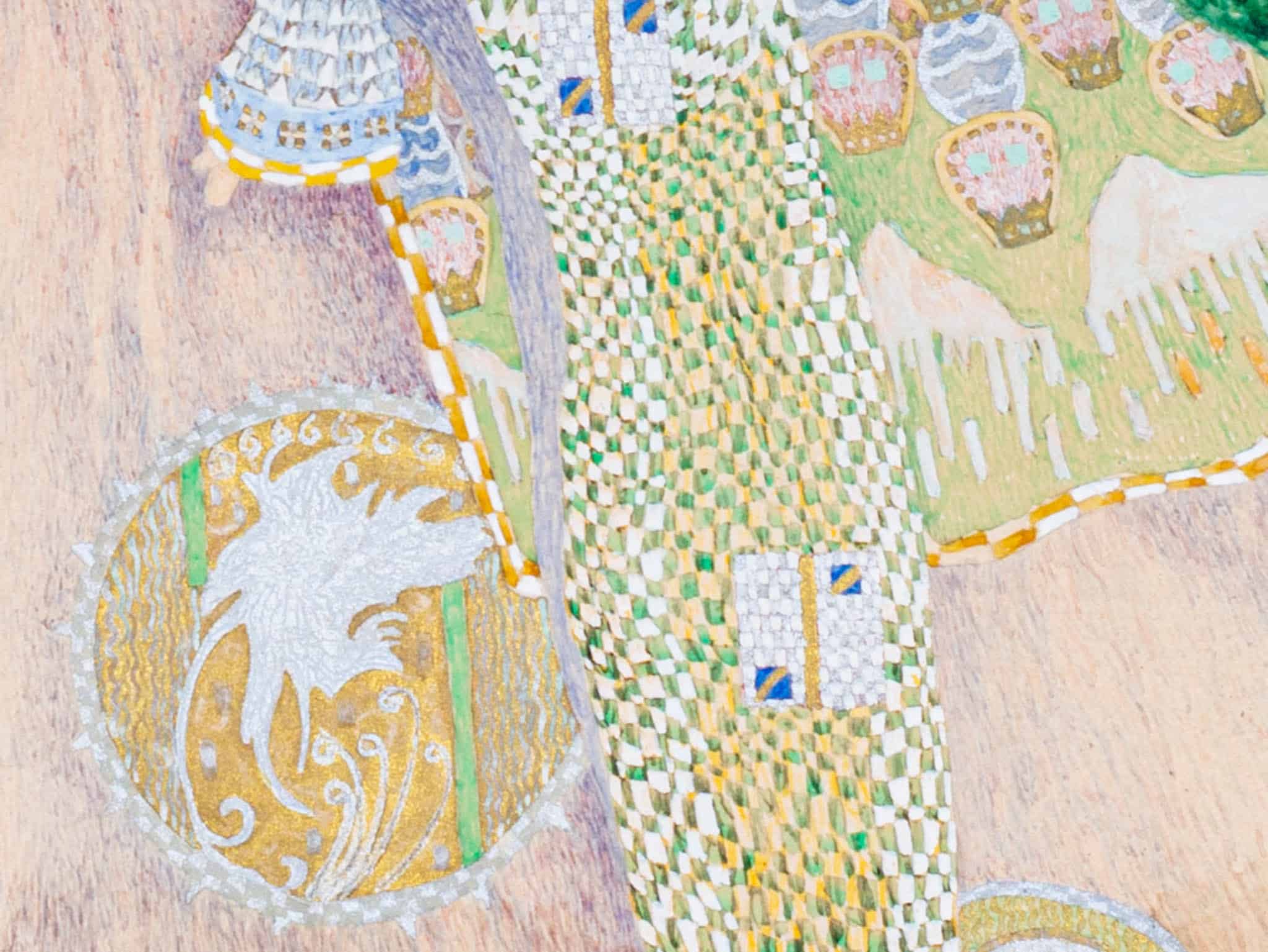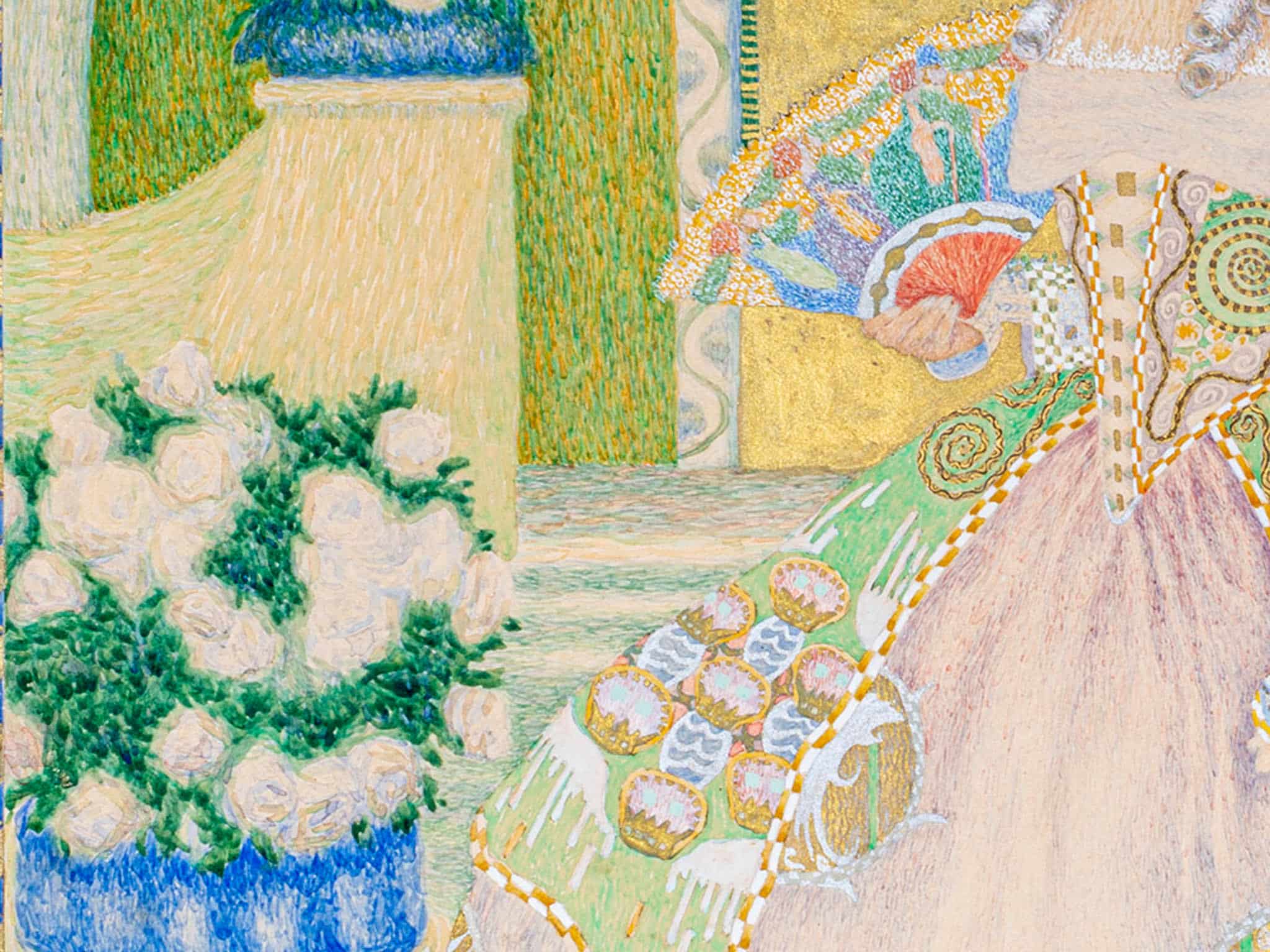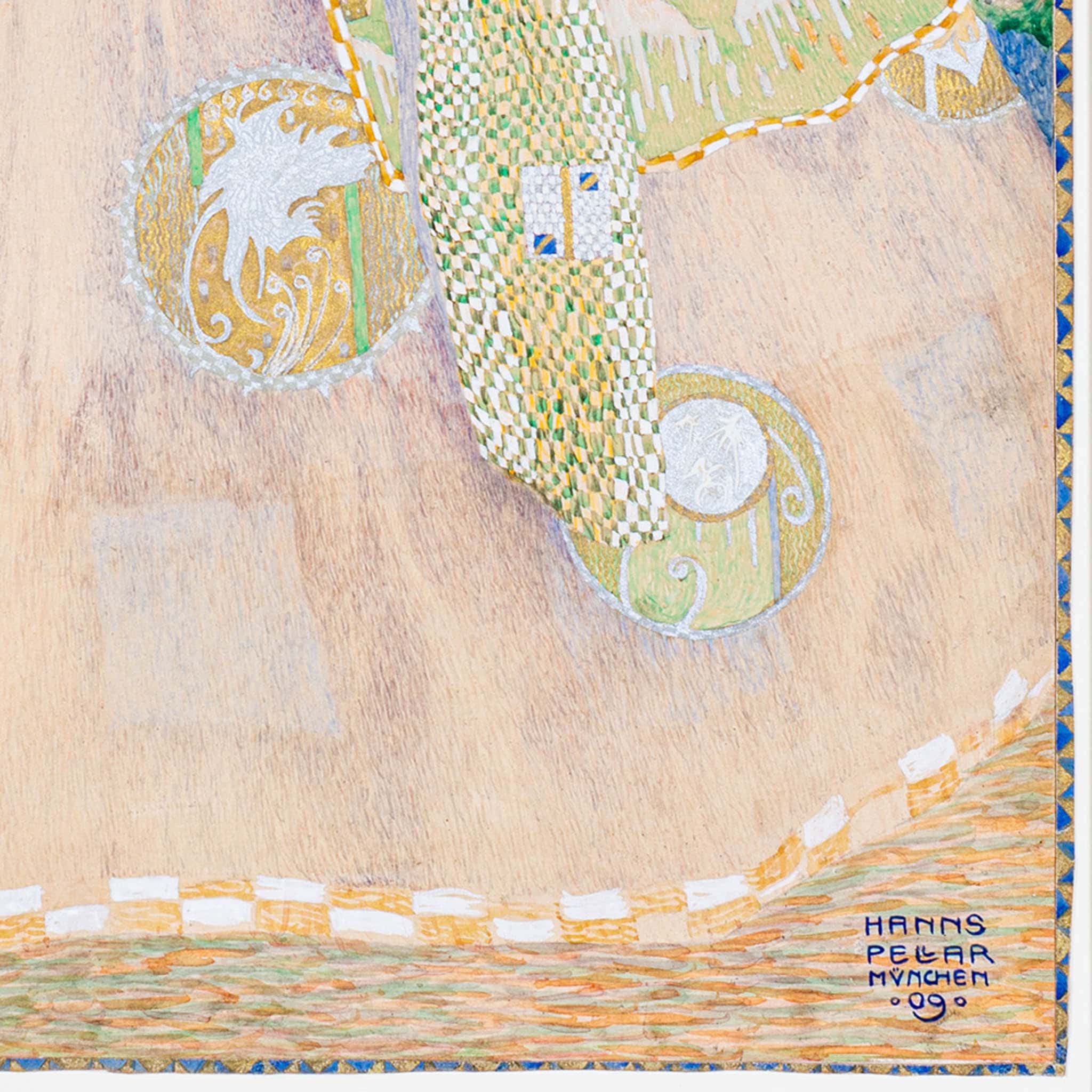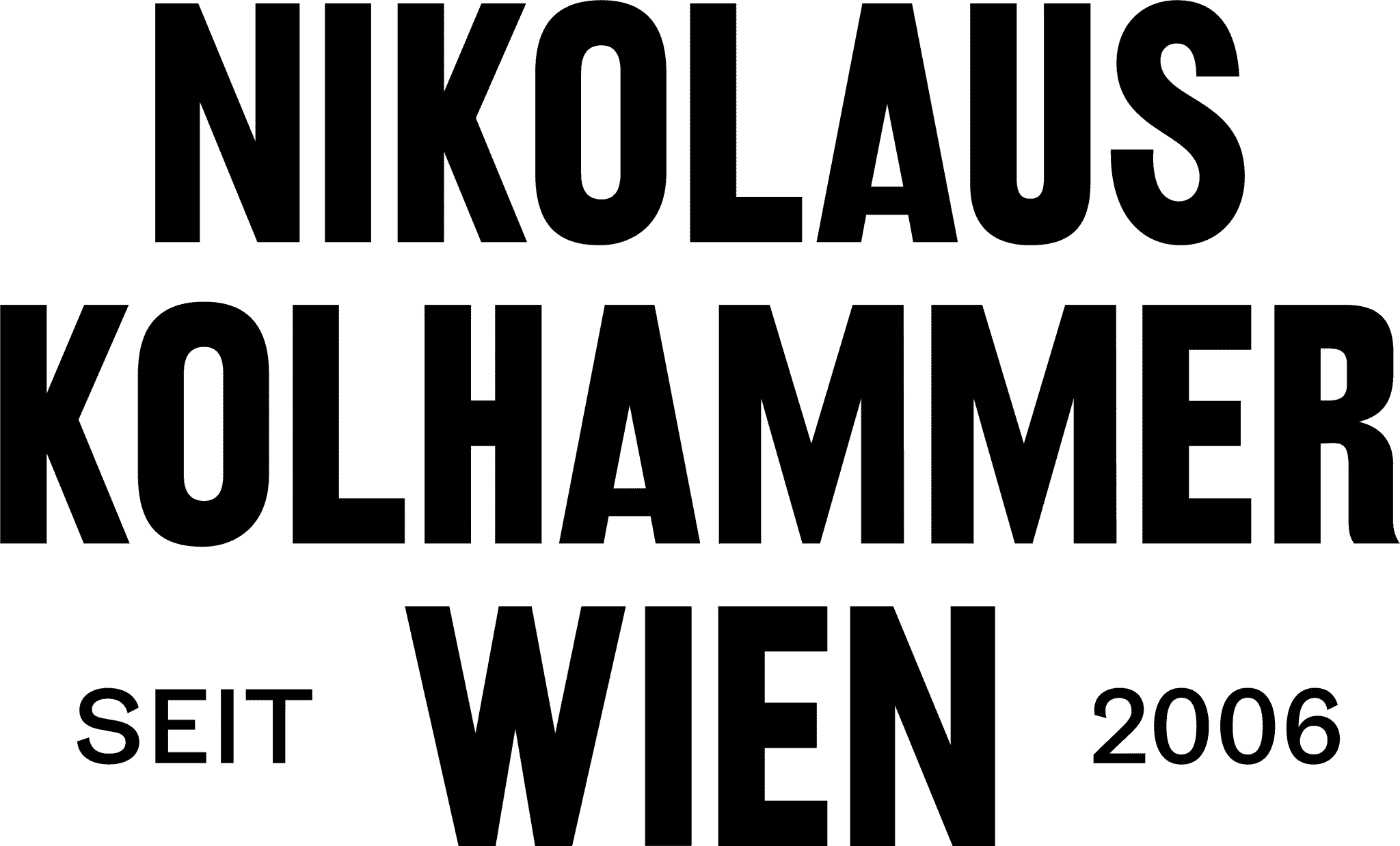“Lady in ball dress” Hanns Pellar 1909
Lady in ball dress, Hanns Pellar, 1909, gouache and gold on cardboard, signed
Out of stock
Description
The Viennese painter Hanns Pellar was also called ‘painter of elegance’ by his contemporaries. In 1911, Pellar was appointed to the Künstlerkolonie in Darmstadt by the Grand Duke of Hessen. There, he specialized mainly in portrait painting and thus, became known to an elite circle of collectors. His imaginative and luminous pictures of ladies of the high society in elegant gowns were particularly appreciated. Our ʺLady in a ball dress” wears the typical brush stroke of Hanns Pellar. The colors are predominantly bright and light; Pellar uses only a few strong colors, such as dark green and red, and these only to set necessary accents. The parallels to other great Viennese painters of the time are very clearly visible. While the white peonies evoke associations with paintings by Carl Moll and August Rieger, the grotesque masks in the background are reminiscent of works by Alexander Rothaug. The use of gold as a design element also reveals Gustav Klimt’s influence. Koloman Moser, Josef Hoffmann and other craftsmen from Vienna, however, come to mind when looking at the plaques and ornaments on the lady’s dress. With this painting, Hanns Pellar created a characteristic work in which many features of the Secessionist artist scene in Vienna from around 1900 are represented.
Artist
The Viennese painter Hanns Pellar (Vienna 1886 – 1971 Vienna) was also called "painter of elegance" by his contemporaries. Pellar attended the Vienna Academy from 1905 to 1906 and attended Franz von Stuck's painting school until 1908. With his detailed and typically Viennese works, Hanns Pellar soon attracted the attention of several famous art patrons and was appointed to the artists' colony in Darmstadt by the Grand Duke of Hesse in 1911. There he specialized mainly in portrait painting and thus became known to an elite circle of collectors. His imaginative and brilliant depictions of ladies of the high society in elegant dresses were particularly appreciated. Also known are his humorous and partly erotic scenes taken from society. In his pictures Hanns Pellar skilfully combines the mysticism of Franz von Stuck with the ornamentation and colourfulness of the Vienna Secessionists. Pellar liked to use bright, light colours with gold and colourful ornaments as well as plaques, entirely in the style of the great Gustav Klimt. These techniques lend Hanns Pellar's works a strong distinctiveness that makes him stand out from his contemporaries.
Inquiry
By submitting the inquiry form, you agree to the use of your data for this inquiry. Privacy Policy























